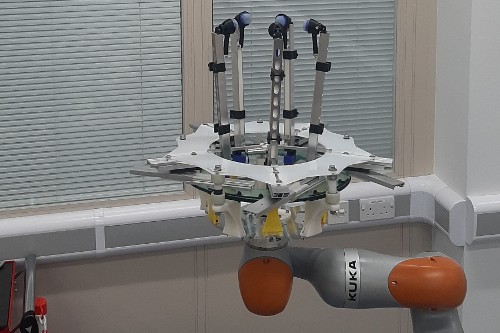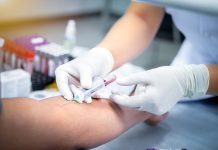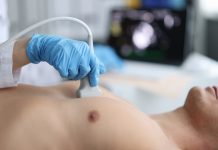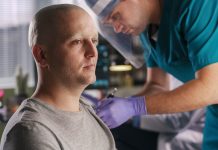A groundbreaking breast cancer diagnosis and lump detection device merges CBE expertise with AI and sensors to enhance existing diagnostic methods like ultrasound
The groundbreaking device has been developed for conducting Clinical Breast Examinations (CBEs) by a team from the University of Bristol and based at the Bristol Robotics Laboratory.
This robot can apply precise forces within a range similar to humans.
Developing a breast cancer diagnosis device
The device incorporates advanced sensor technology to detect lumps at greater depths than previously achievable. This innovation can transform how women track their breast health, allowing them to undergo secure electronic CBEs conveniently located in accessible places like pharmacies and healthcare centres, ensuring highly accurate results.
In tactile medical examinations, precision, repeatability, and accuracy are important in ensuring positive patient outcomes. Various automatic and semi-automatic devices have been suggested to enhance this procedure’s efficiency, especially in challenging scenarios like those encountered in minimally invasive surgeries, where detection can be tricky and access limited.
The research team included a mix of postgraduate and undergraduate researchers, supervised by Dr Antonia Tzemanaki from Bristol Robotics Laboratory. Lead author George Jenkinson explained: “There are conflicting ideas about how useful carrying out Clinical Breast Examinations (CBE) are for the health outcomes of the population.
“It’s generally agreed upon that if it is well performed, then it can be a very useful and low risk diagnostic technique.”
Enhanced detection for breast cancer patients
The team utilised 3D printing and other Computerised Numerical Control (CNC) techniques to fabricate their manipulator. They conducted a combination of laboratory experiments and simulated trials using a synthetic (silicone) breast and its digital counterpart.
These models were based on a volunteer from Imperial College London’s Simulation and Modelling in Medicine and Surgery research group.
The simulations enabled the team to execute thousands of palpations and explore numerous hypothetical scenarios, including assessing the efficiency differences when employing two, three, or four sensors simultaneously.
In the laboratory, they conducted experiments on the silicone breast to validate their simulations’ accuracy and to determine the forces required for the actual equipment empirically.
Complementing existing diagnostic techniques
George added: “We hope that the research can contribute to and complement the arsenal of techniques used to diagnose breast cancer and to generate a large amount of data associated with it that may be useful in trying to identify large-scale trends that could help diagnose breast cancer early.”
Moving forward, the team’s next phase involves integrating Clinical Breast Examination (CBE) expertise from healthcare professionals with artificial intelligence (AI). They will also equip the manipulator with a comprehensive array of sensors to evaluate the system’s effectiveness in identifying potential cancer risks.
The ultimate objective is for this device and its sensors to detect lumps with higher accuracy and at greater depths than what can be achieved solely through human touch. There is potential for it to be combined with existing techniques like ultrasound examinations to enhance its diagnostic capabilities.











